Mendoza charmed me: leafy tree-lined avenues, majestic mountain views, and hundreds of wineries. We spent a week staying in the city center and four weeks in Lujan de Cuyo. Here’s what we learned between wine glasses.
Tourist Traps
In Mendoza, the gutters at the sides of the streets are extremely deep. Mendocinos have lovingly named these the “tourist traps” because tourists walk around looking at their surroundings, and don’t see the giant pits that they can fall in fall into! They line nearly every street in and around Mendoza.
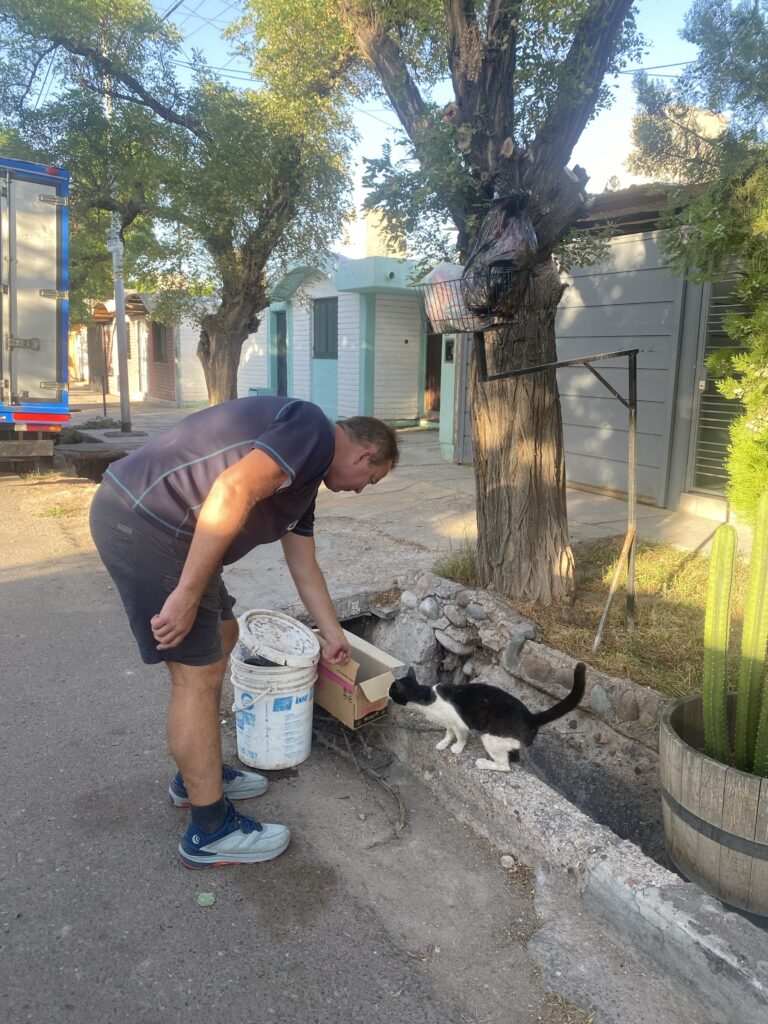
Mendoza actually has a long history with their water engineering, dating back to the indigenous Huarpes. With a reliable source of water from the Andes, they created a system of irrigation canals that allowed an oasis of trees in a desert climate. The Spanish added significantly to this system, which is still used today!
So watch where you’re walking as you don’t want to fall in.
Getting Around
Mendoza is actually a pretty small city and can easily be managed on foot, with ride share apps, bicycles, and by buses.
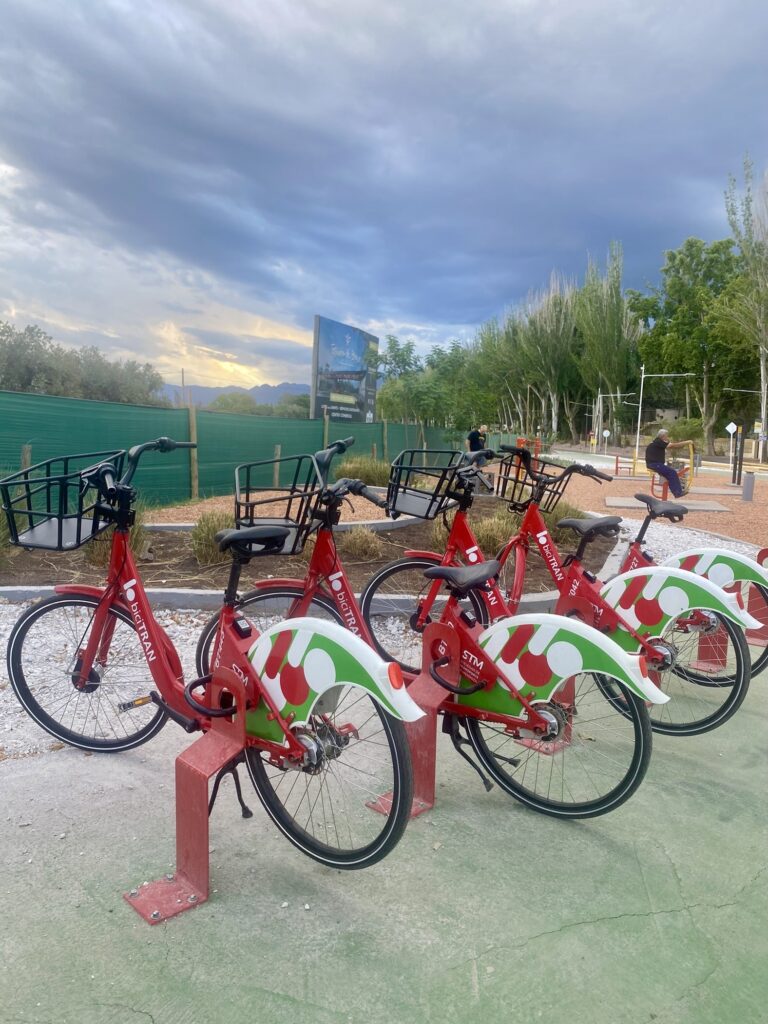
The more seamless public transportation can be, the better. I was surprised that I could use a Sube card not only in Mendoza city, but in the more rural areas to the south. The buses could be slow, so when it was late or we wanted a direct route, we used Uber or DiDi for ridesharing.
However, the further into wine country we went, the less bus service we saw and the less reliable (and more expensive) ride sharing is. Anything too far south of Lujan de Cuyo will require either a rental car or a driver.
Avenida Aristides Villanueva aka Aristides Street
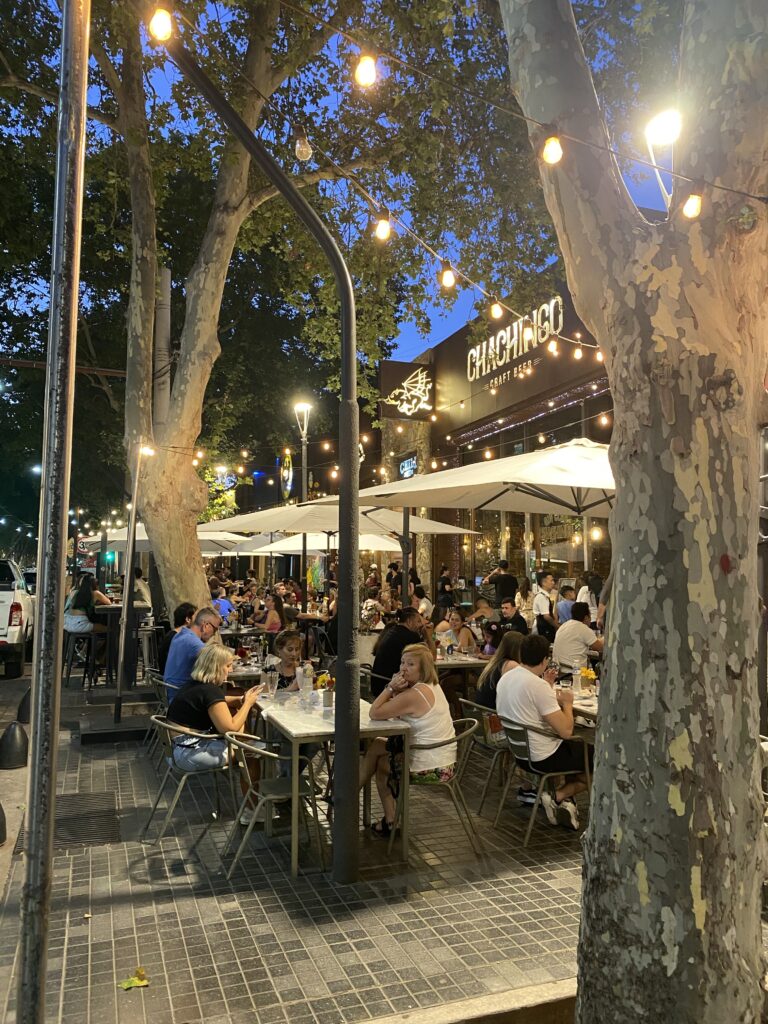
We stumbled onto this lively avenue on our first evening of exploration around the city. It is a crowded scene from the afternoon well into the night, with many touts inviting you to sit and enjoy happy hour or a meal. We visited this street a few times for food and drinks. The craft beer selection was excellent. The wine is not.
We thought that the main scene of the main town of the main wine region would have great opportunities for wine tasting. But most of the establishments on Aristides have the same mass-produced labels that can be found in any grocery store. The wine is not bad, and it is cheap. But expect nothing more than mediocre malbecs on Aristides.
Wine Tasting
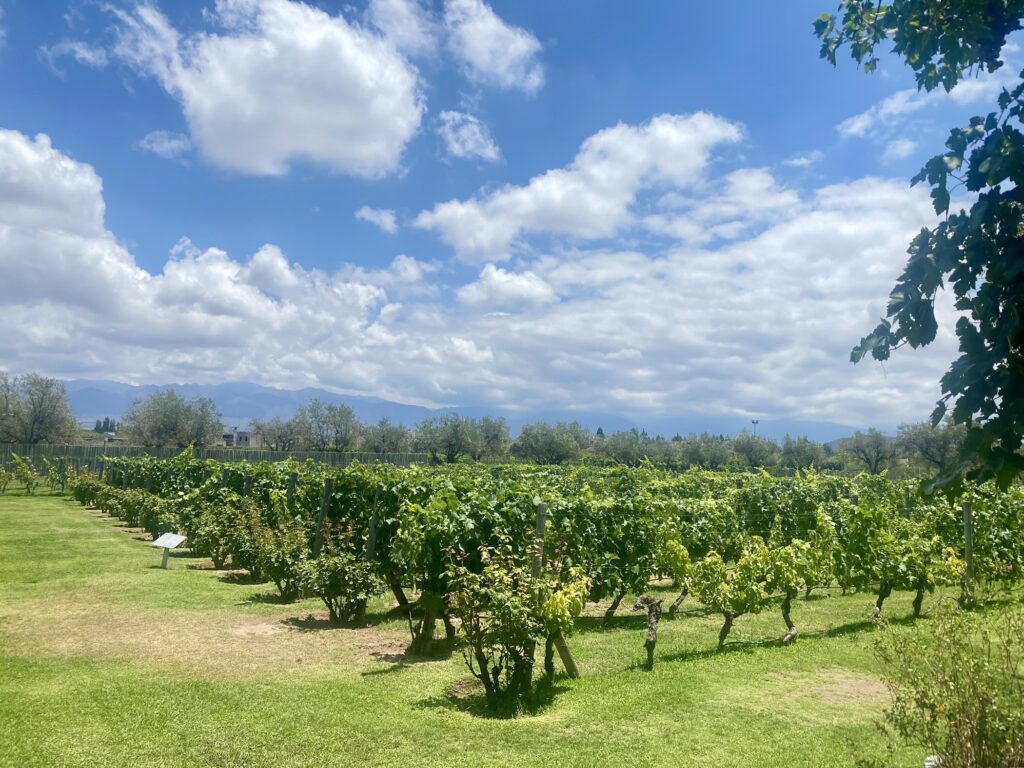
If you’re visiting Mendoza, you might be going for the wine. We did! We learned that wine tasting is much different than the United States. Many establishments require a reservation and the tasting is a multi-hour affair that includes a tour or lunch. The experience is slow, so best to know that before planning a day out visiting the vineyards.
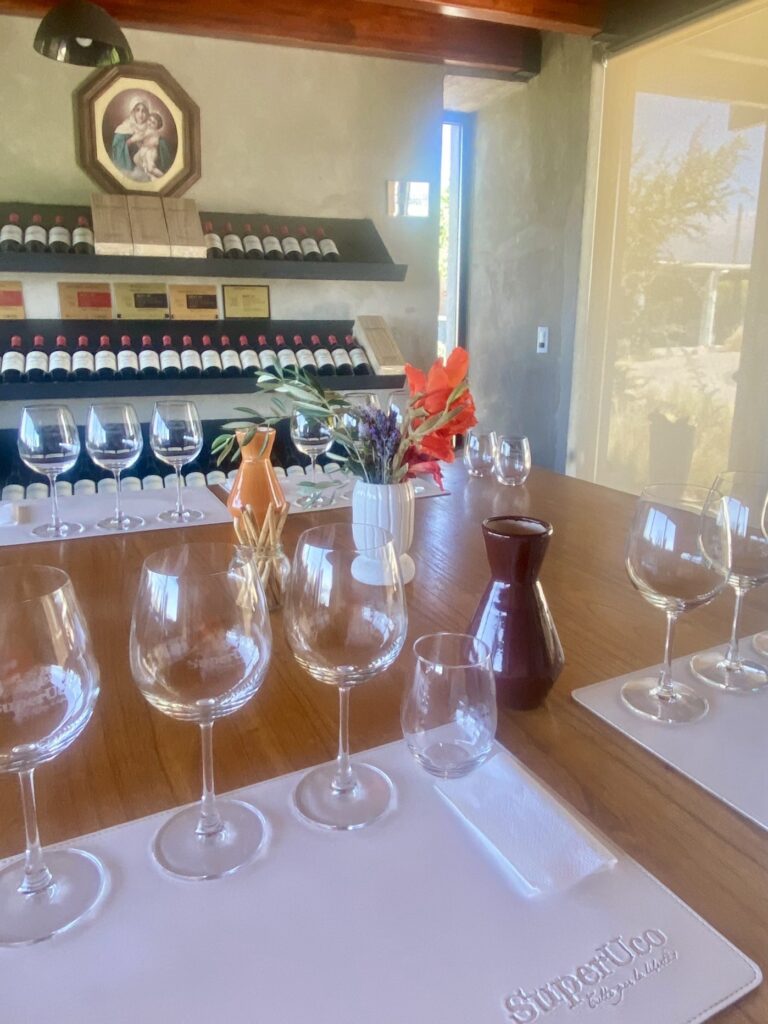
What we wanted was the American experience: try the wines they have, then either buy a glass or bottle to drink there, or a bottle or two to take home. We struggled with all of this because of overzealous security guards who would not let us past without proof of a reservation.
Our magic word to bypass security was vinoteca (wine shop). If we could convince the guard that we just wanted to go to the shop to purchase wine, it usually got us through the gate. Then when we arrived at the wine shop, there was usually some opportunity to either taste or buy a bottle for on-site consumption.
One exception, one block east of where Aristides turns into Avenue Colon, is the wine store Código Vinario. They have a selection of wines in a by-the-glass preservation system, offering tastes at a nominal price. They work with smaller producers and have a strong knowledge and passion for wine. This is a great place to start: sit and taste what they have, take notes, and go from there.
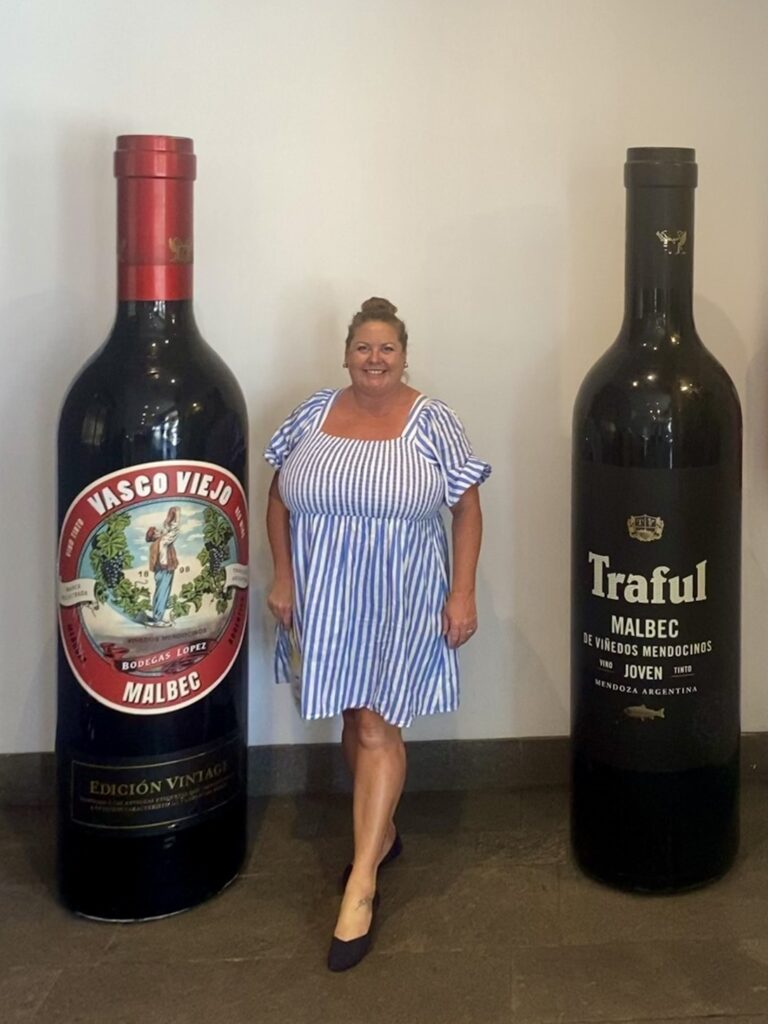
Drinking Wine at Restaurants
Speaking of glass pours, they are not worth it in Argentina. We found that they are priced at around half the price of a full bottle, with the pour either being a measured 150 mL (i.e., a fifth of a bottle), or a pour that almost fills the wine glass. Better, we found, to just order the entire bottle. And with good wine at around $10-15 USD for a bottle, why not?
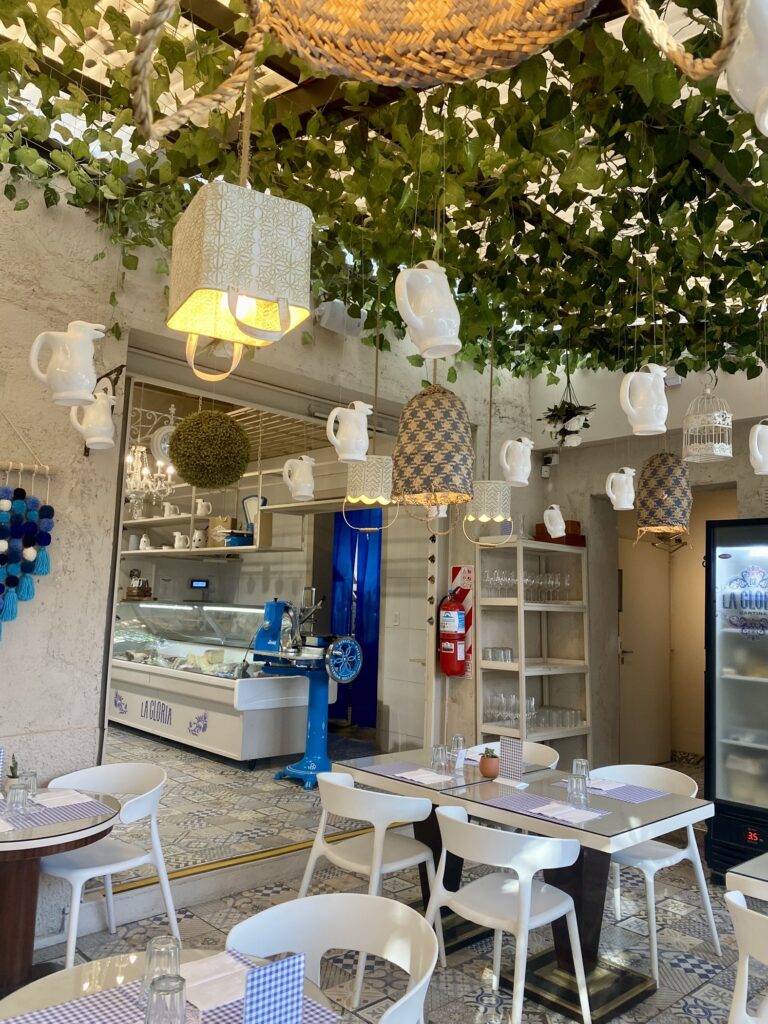
The exception is at a tavern, where you can order house wine by the glass or by the penguino, a lovely penguin-shaped carafe. You see, there is still good wine made in bulk and delivered in a demijuana, aka a large-format demi-john or carboy. (We also experienced this in the Canary Islands.) Order a penguino of the house red and you will probably get a decent-quality young malbec blend, much like ordering the house red at a bar in Italy.
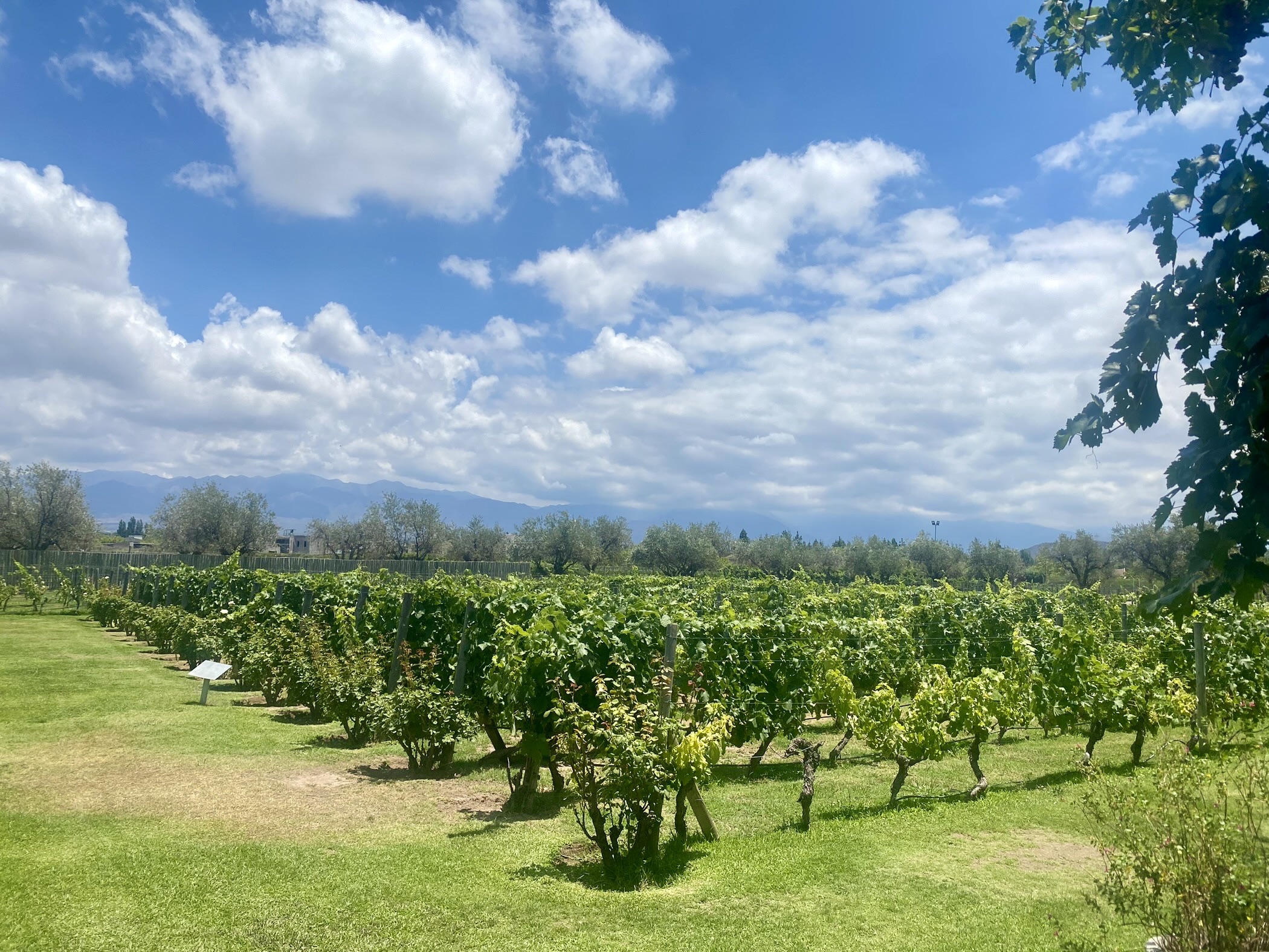
Good to know. We are headed to Mendoza in a few weeks. Did you find any wineries that you really liked and would recommend. How do you make the reservation if necessary?
WhatsApp or via the winery website are the best ways to make a reservation. We really liked: Alpamanta, L’Orange, Bodega Carmine Granada, Lagarde, Bodega Lopez, Bodega Alta Vista, Salentein, and Super Uco.